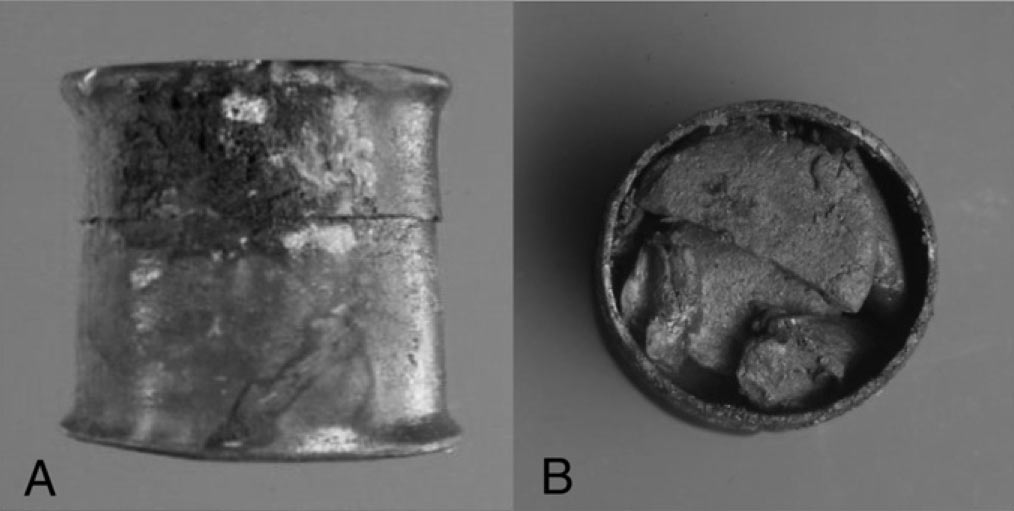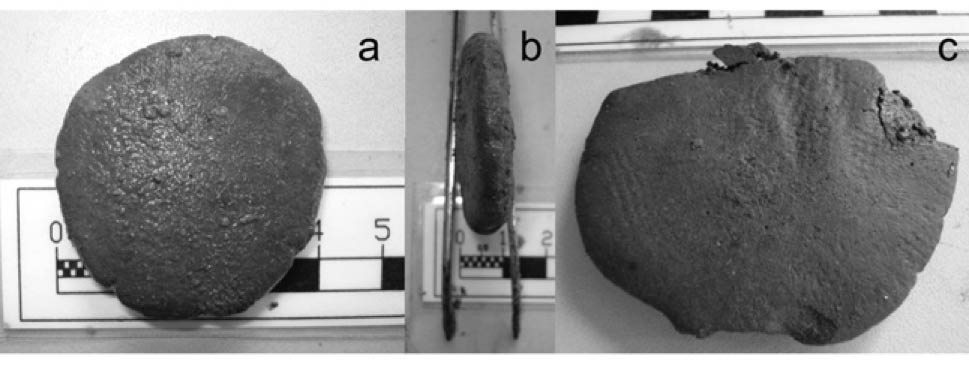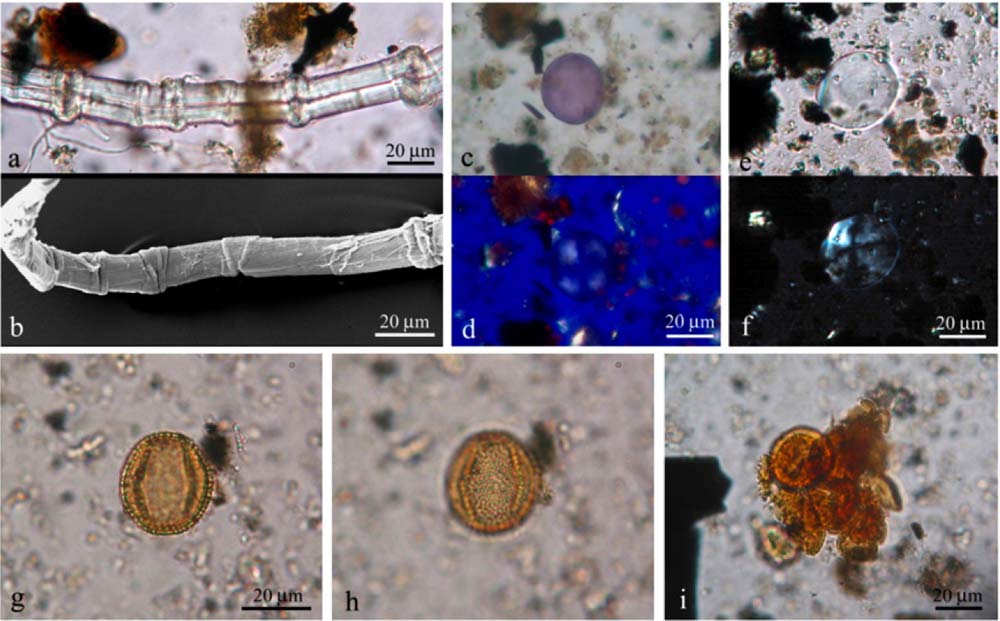Ancient Shipwreck Reveals 2,000-Year-Old Eye Medicine

Ancient gray disks loaded with zinc and beeswax found aboard a shipwreck more than 2,000 years old may have been used as medicine for the eyes, researchers say.
These new findings shed light on the development of medicine over the centuries, scientists added.
Scientists analyzed six flat gray tablets approximately 1.6 inches (4 centimeters) in diameter and 0.4 inches (1 cm) thick that were found in a round tin box aboard the so-called Relitto del Pozzino shipwreck, which was discovered about 60 feet (18 meters) underwater in 1974 on the seabed of the Baratti Gulf off the coast of Tuscany. The hull, only 50 to 60 feet (15 to 18 m) long and about 10 feet (3 m) wide, dated back to about 140 B.C.
The Roman shipwreck lay near the remains of the Etruscan city of Populonia, which at the time the ship foundered was a key port along sea trade routes between the west and east across the Mediterranean Sea. A number of artifacts were unearthed during the excavation, including wine jars, an inkwell, tin and bronze jugs, stacks of Syrian-Palestinian glass bowls and Ephesian lamps. [Shipwrecks Gallery: Secrets of the Deep]
"Such objects suggest that the ship, or at least a great part of its cargo, came from the east, probably the Greek coasts or islands," the researchers wrote in a study detailed online Jan. 7 in the journal the Proceedings of the National Academy of Sciences.
The cargo also included medical equipment, such as an iron probe and a bronze vessel that may have been used for bloodletting or for applying hot air to soothe aches. These findings suggest a physician was traveling by sea with his professional equipment, the researchers said.
To learn more about these potentially medicinal tablets, researchers investigated the chemical, mineralogical and botanical composition of fragments of a broken tablet.
Get the world’s most fascinating discoveries delivered straight to your inbox.
"In archaeology, the discovery of ancient medicines is very rare, as is knowledge of their chemical composition," the researchers wrote. "The data revealed extraordinary information on the composition of the tablets and on their possible therapeutic use."
The disks were about 80 percent inorganic, with zinc making up about 75 percent of the inorganic components. Zinc compounds have been known since ancient times to serve as medicines, with the ancient Roman naturalist Pliny the Elder writing that they could help treat the eyes and skin.
The tablets also contained starch, pine resin, beeswax and a mix of plant- and animal-derived fats, perhaps including olive oil. Starch was a known ingredient of Roman cosmetics, olive oil was used for perfumes and medicines, and pine resin may have kept the oil from going rancid and fought microbes due to its antiseptic properties.
Pollen grains were numerous, with about 1,400 grains per gram seen in the tablets. These came from olive, wheat and many other plants, such as stinging nettles and alder trees. However, about 60 percent of this pollen came from plants that are pollinated by insects such as bees, suggesting they may inadvertently have hitched along in a bee product such as beeswax instead of getting intentionally added to the medicine.
Linen fibers were seen, which may have helped keep the tablets from crumbling. Charcoal was detected as well, which may be residue from other ingredients or was potentially added intentionally.
Intriguingly, the Latin word for eyewash, "collyrium," derives from a Greek word meaning "small round loaves." This fact highlights the notion that these small round tablets are linked with eye health.
"This study provided valuable information on ancient medical and pharmaceutical practices and on the development of pharmacology and medicine over the centuries," the researchers said. "In addition, given the current focus on natural compounds, our data could lead to new investigations and research for therapeutic care."
Follow LiveScience on Twitter @livescience. We're also on Facebook & Google+.



